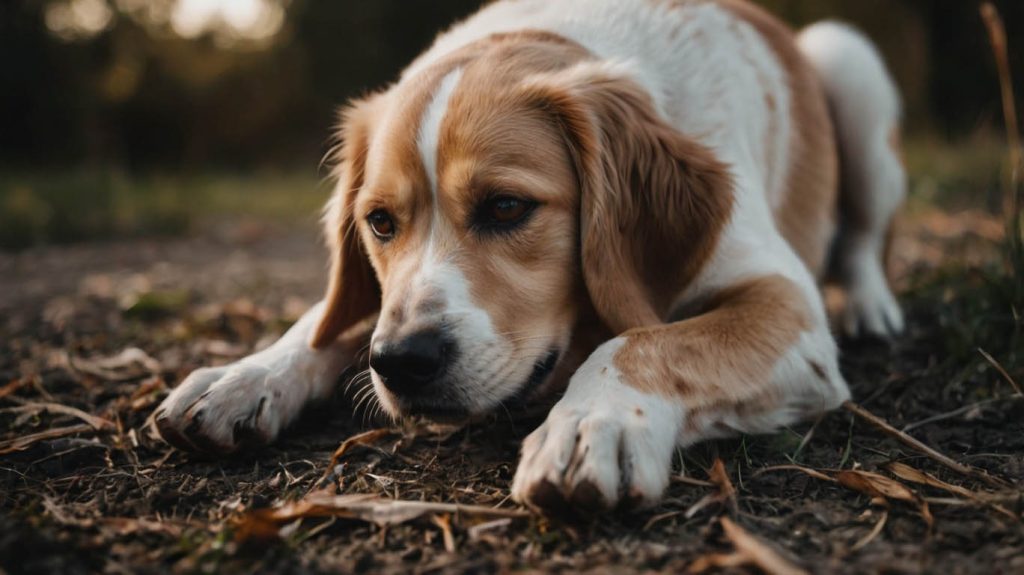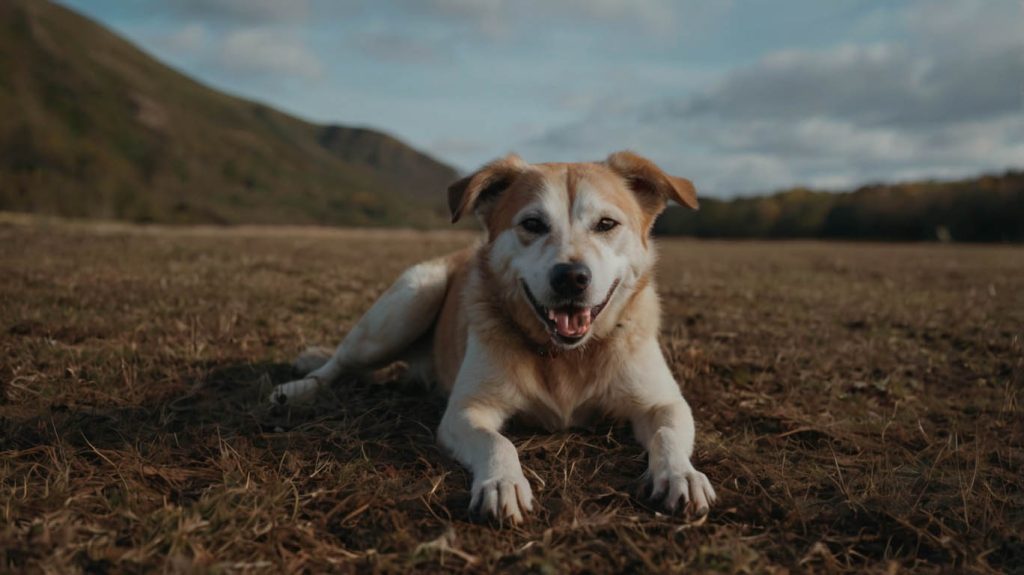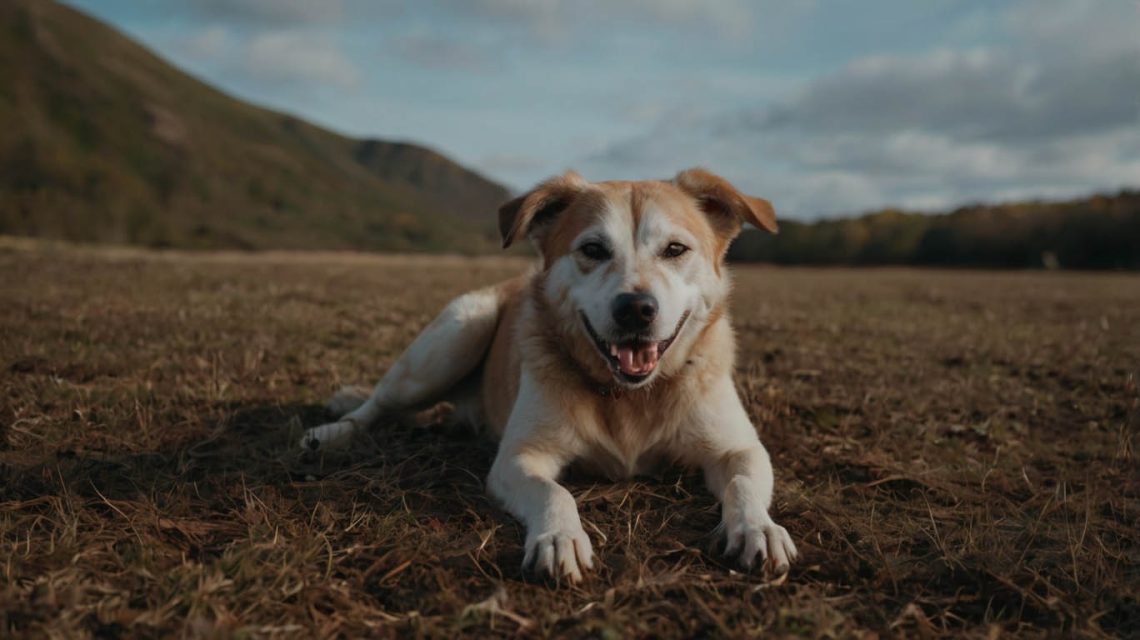How to Clip Dog Nails at Home: Your Ultimate Step-by-Step Guide
The persistent click-clack of your dog’s long nails on the hardwood floor is more than just a sound; it’s a signal. For many pet parents, this sound triggers a wave of anxiety about the impending nail trim. If the thought of a wrestling match involving clippers and a terrified pup fills you with dread, you are certainly not alone. However, mastering how to clip dogs nails at home is not only possible but can also become a positive bonding experience. This comprehensive guide will walk you through every step, transforming a stressful chore into a calm and confident routine.
Ultimately, learning this skill saves you time and money on vet or groomer visits and, more importantly, strengthens the trust between you and your furry companion.
Why Learning How to Clip Dog Nails at Home is Crucial
Before we dive into the “how,” it’s essential to understand the “why.” Regular nail maintenance is not just about aesthetics; it is a cornerstone of your dog’s health and comfort.
Overly long nails can cause significant problems. For instance, they can force your dog’s paw into an unnatural position when they walk, leading to pain and, over time, potential skeletal issues like arthritis. Furthermore, long nails are prone to snagging, tearing, and splitting, which can be incredibly painful and may lead to infection. By regularly clipping your dog’s nails, you actively prevent these issues, ensuring your dog can walk, run, and play comfortably. Consequently, taking on this task yourself ensures it’s done on a consistent schedule.

Your Toolkit for Clipping Dog Nails at Home
Preparation is the first step toward success. Before you even think about approaching your dog, you must gather the right equipment. Having everything within arm’s reach prevents you from scrambling mid-trim and stressing your dog out.
Optimizing Your Tools: Clippers vs. Grinders for Nail Trimming
The primary tool for the job comes in two main types, each with its own set of benefits.
- Scissor-Style Clippers (Miller’s Forge): These function like scissors and are excellent for larger dogs with thick nails. They provide a quick, clean cut.
- Guillotine-Style Clippers: With this type, you place the nail through a small hole, and a blade slides across to snip the end. While effective, they can sometimes crush the nail if the blade is dull.
- Nail Grinders: A fantastic alternative for nervous owners. Grinders, like a Dremel, sand the nail down gradually. This method makes it much harder to accidentally cut the quick. In addition, it leaves a smooth, rounded edge. The only downside is that some dogs are initially afraid of the noise and vibration.
Essential Extras for a Safe Nail Clipping Session
Besides the primary tool, you will need a few other items to ensure the process of how to clip dogs nails at home is safe and positive.
- Styptic Powder or Cornstarch: This is your safety net. If you accidentally cut the quick (the blood vessel in the nail), a pinch of styptic powder will stop the bleeding almost instantly.
- High-Value Treats: Small, delicious treats are non-negotiable. These are crucial for creating a positive association with nail trims. Think small pieces of chicken, cheese, or their absolute favorite store-bought treat.
- A Comfortable Spot: Choose a well-lit area where both you and your dog can be comfortable, whether it’s on the floor with a towel or on a grooming table if you have one.

The Step-by-Step Guide on How to Clip Dogs Nails at Home
This is where the story unfolds. Patience is the main character in this narrative. Remember, this is a training process, not a race.
Step 1: Creating a Calm Environment for Your Dog
First, choose a time when your dog is relaxed and sleepy, perhaps after a long walk or a good play session. Avoid times when the house is chaotic or when your dog is full of energy. Your calm energy is paramount; therefore, if you are feeling anxious, your dog will sense it. Take a few deep breaths before you begin.
Step 2: Desensitizing Your Dog to Nail Clipping Tools
This step is the most critical for long-term success, especially for puppies or anxious dogs. You must teach your dog that the tools are not scary.
- Paw Handling: For several days, simply practice gently handling your dog’s paws without any tools. Touch them, hold them for a second, and immediately give a treat and praise. Do this until your dog is completely comfortable with you touching their feet.
- Tool Introduction: Next, let your dog investigate the clippers or grinder. Place them on the floor and reward your dog for sniffing or looking at them. Do not try to clip yet.
- Sound and Sensation: Then, turn the grinder on for a second (or open and close the clippers to make the sound) a few feet away from your dog. Reward them for staying calm. Gradually decrease the distance over several sessions.
- Tool to Nail Contact: Finally, gently tap the tool against one of your dog’s nails without cutting or grinding. Reward them lavishly. This sequence teaches them that the presence and sensation of the tool lead to good things.
Step 3: Understanding Your Dog’s Nail Anatomy (The Quick)
To safely clip your dog’s nails at home, you must know where to cut. Inside every nail is a bundle of nerves and blood vessels called the “quick.” Cutting this is painful for your dog and will cause bleeding.
- On White Nails: The quick is easily visible as a pink section inside the nail. You should clip a few millimeters away from this pink area.
- On Black Nails: The quick is not visible from the outside. This is a primary reason people fear how to clip dogs nails at home. For black nails, you must clip very small slivers at a time. As you get closer to the quick, you will see a small, dark circle appear in the center of the cut surface. This is your signal to stop.
Step 4: The Actual Process of How to Clip Dogs Nails
Once your dog is desensitized and you are feeling confident, it’s time to clip.
- Hold the Paw Firmly but Gently: Secure your dog’s paw in your non-dominant hand. Place your thumb on the top of the toe and your index finger on the paw pad underneath.
- Isolate One Nail: Gently push on the paw pad to extend the nail slightly, making it easier to see.
- Clip a Tiny Amount: Position the clippers to trim off just the very tip of the nail, cutting at a slight angle. It is always better to take off too little than too much. You can always trim more.
- Reward Immediately: After one successful clip, praise your dog enthusiastically and give them a high-value treat. Initially, you may only get one nail done per session, and that is a huge victory!
Step 5: What to Do If You Clip the Quick
Despite your best efforts, accidents can happen. First and foremost, do not panic. Your reaction will dictate your dog’s.
- Stay Calm: Speak to your dog in a reassuring voice.
- Apply Styptic Powder: Take a small pinch of styptic powder and press it firmly onto the bleeding nail tip for about 30 seconds. The bleeding should stop quickly.
- End on a Positive Note: Give your dog lots of treats and praise. Don’t end the session in a state of panic, or they will associate nail trims with that negative feeling. Wait a few days before trying again.
For more information on canine first aid, reliable sources like the American Kennel Club (AKC) offer excellent resources.
Advanced Tips for How to Clip Dogs Nails at Home
You have the basics down. Now, let’s perfect the process and make it an ingrained, positive part of your routine.
Establishing a Regular Dog Nail Clipping Routine
Consistency is key. Most dogs need their nails trimmed every 3-4 weeks. However, this varies based on breed, activity level, and diet. For example, dogs that run frequently on pavement will naturally wear their nails down more than a dog that primarily stays indoors. Set a recurring reminder in your calendar. A consistent routine makes the process predictable and less stressful for your dog. A great way to stay on top of this is by pairing it with another monthly task, like administering flea and tick medication.
Making Dog Nail Trimming a Positive Experience
The goal is for your dog to tolerate, or even enjoy, their “mani-pedi” sessions. This involves turning the entire process into a positive reinforcement loop.
- Use a “Happy Hoodie” for Grinders: If your dog is sensitive to the noise of a grinder, a Happy Hoodie can muffle the sound and reduce their anxiety.
- Try a Lick Mat: Smear a lick mat with peanut butter or plain yogurt and stick it to a wall or the floor. This provides a delicious and long-lasting distraction while you work on their paws.
- Don’t Forget the Dewclaws: Remember to check for dewclaws—the small nails on the side of the paw. Since they don’t touch the ground, they can grow very long and curl into the leg if not trimmed.
Conclusion: You Can Confidently Clip Your Dog’s Nails
Mastering how to clip dogs nails at home is a journey of patience, trust, and positive reinforcement. By following these steps—gathering the right tools, understanding the anatomy of the nail, and most importantly, taking the time to desensitize your dog—you can transform this dreaded task into a manageable and even enjoyable routine. Each small success builds confidence for both you and your dog.
Remember that every dog is an individual. What works in one session may not work in the next. The key is to stay calm, be patient, and always end on a positive note.


